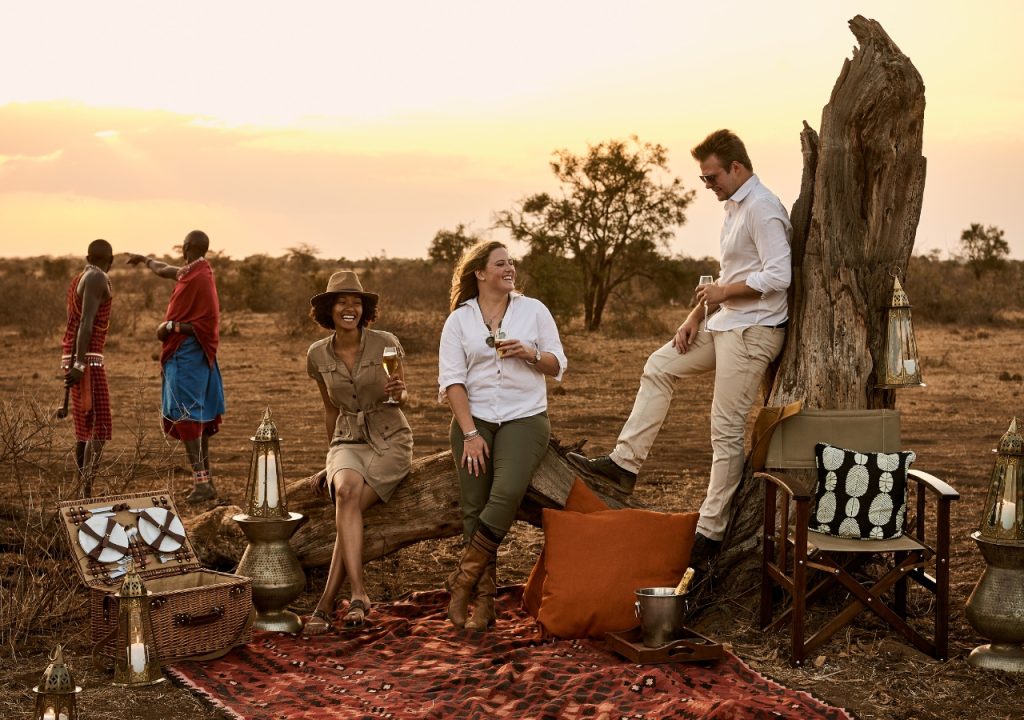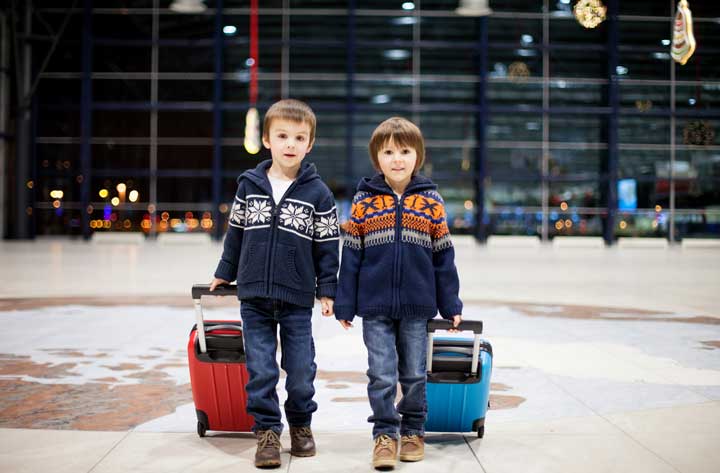Embarking on an African safari is an adventure of a lifetime. To make the most of your experience, it’s essential to pack the right clothing and gear. The key is to balance comfort, practicality, and respect for the environment and local culture. Here’s a detailed guide on what to wear on an African safari:
1. Neutral-Colored Clothing
Neutral tones like khaki, olive, beige, and brown are ideal for blending into the environment. These colors help you avoid attracting insects and ensure you don’t startle wildlife during game drives or walks. Avoid bright colors, especially white, as they can draw attention, and dark colors like black and navy, which attract tsetse flies.
2. Lightweight and Breathable Fabrics
Africa’s weather can be unpredictable, with scorching days and cool nights. Choose lightweight, moisture-wicking fabrics like cotton or quick-dry synthetics for comfort. Long-sleeved shirts and pants are great for protecting against the sun, insects, and thorny bushes.
3. Layering Essentials
Temperatures can vary significantly throughout the day. Early mornings and evenings can be chilly, especially during game drives. Pack:
- A lightweight jacket or fleece for warmth.
- A windbreaker or rain jacket for unexpected rain.
- Scarves or shawls to keep warm or protect from dust.
4. Comfortable Footwear
Safaris involve plenty of walking and standing. Your footwear should provide support and protection:
- Hiking boots or sturdy walking shoes for bush walks.
- Closed-toe shoes to protect against insects and rough terrain.
- Sandals or flip-flops for relaxing at your lodge or camp.
5. Sun Protection Gear
The African sun can be intense, so protect yourself from harmful UV rays:
- A wide-brimmed hat or a cap with a neck cover.
- Polarized sunglasses to reduce glare and protect your eyes.
- High-SPF sunscreen and lip balm with UV protection.
6. Insect Protection
Insect bites can be a concern, especially in malaria-prone areas. Wear:
- Long-sleeved shirts and pants to reduce exposed skin.
- Insect-repellent clothing or apply DEET-based repellent to your skin and clothes.
7. Cultural Sensitivity
If your safari includes visits to local villages, dress modestly to respect cultural norms. Avoid overly revealing clothing and opt for longer skirts or pants and covered shoulders.
8. Accessories to Pack
- Daypack: For carrying essentials like water, snacks, and a camera.
- Binoculars: Essential for spotting distant wildlife.
- Reusable water bottle: Stay hydrated while reducing plastic waste.
- Camera gear: Capture stunning wildlife moments.
- Headlamp or flashlight: Useful for navigating camps at night.
9. What to Avoid
- Camouflage patterns: In some countries, camouflage clothing is reserved for military personnel and should be avoided.
- Heavy makeup or perfume: Scents can attract insects or irritate sensitive skin in hot weather.
- Expensive jewelry or flashy accessories: These can draw unwanted attention and are impractical in the wild.
Final Tips
- Pack Light: Many safari lodges and small planes have strict luggage weight limits, often around 15 kg (33 lbs). Use soft-sided duffel bags for easier packing.
- Plan for Laundry: Most lodges offer laundry services, so you don’t need to overpack.
- Prepare for Cool Nights: Even in warmer months, evenings can get chilly, so pack accordingly.
By packing wisely and dressing appropriately, you’ll ensure a comfortable, safe, and enjoyable safari experience. Adventure awaits in the heart of the African wilderness!



